
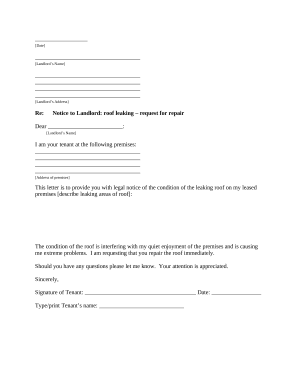
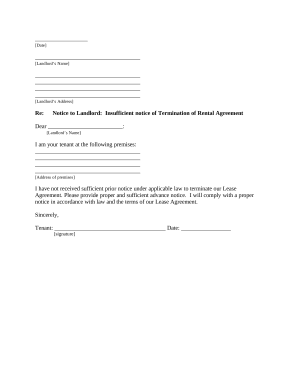
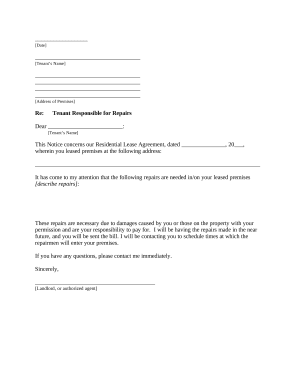

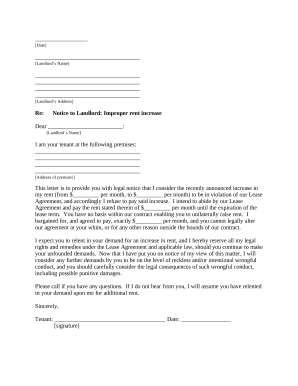
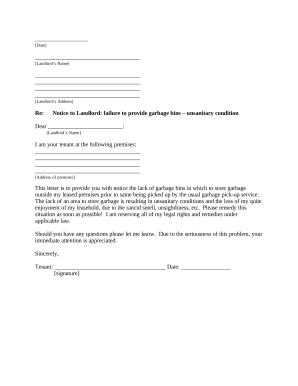
Your workflows always benefit when you can get all of the forms and files you require at your fingertips. DocHub supplies a vast array of forms to ease your daily pains. Get a hold of Tenant's Legal Letters category and easily discover your document.
Start working with Tenant's Legal Letters in a few clicks:
Enjoy fast and easy document managing with DocHub. Explore our Tenant's Legal Letters online library and get your form right now!